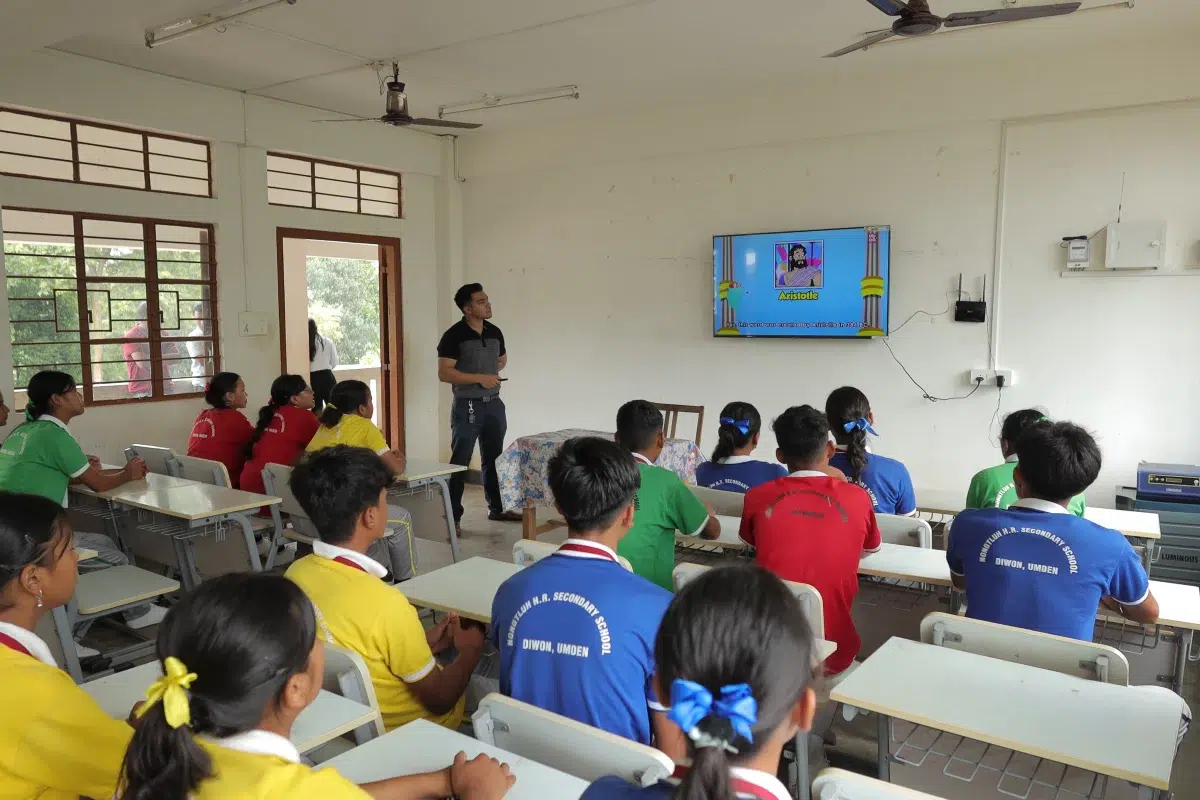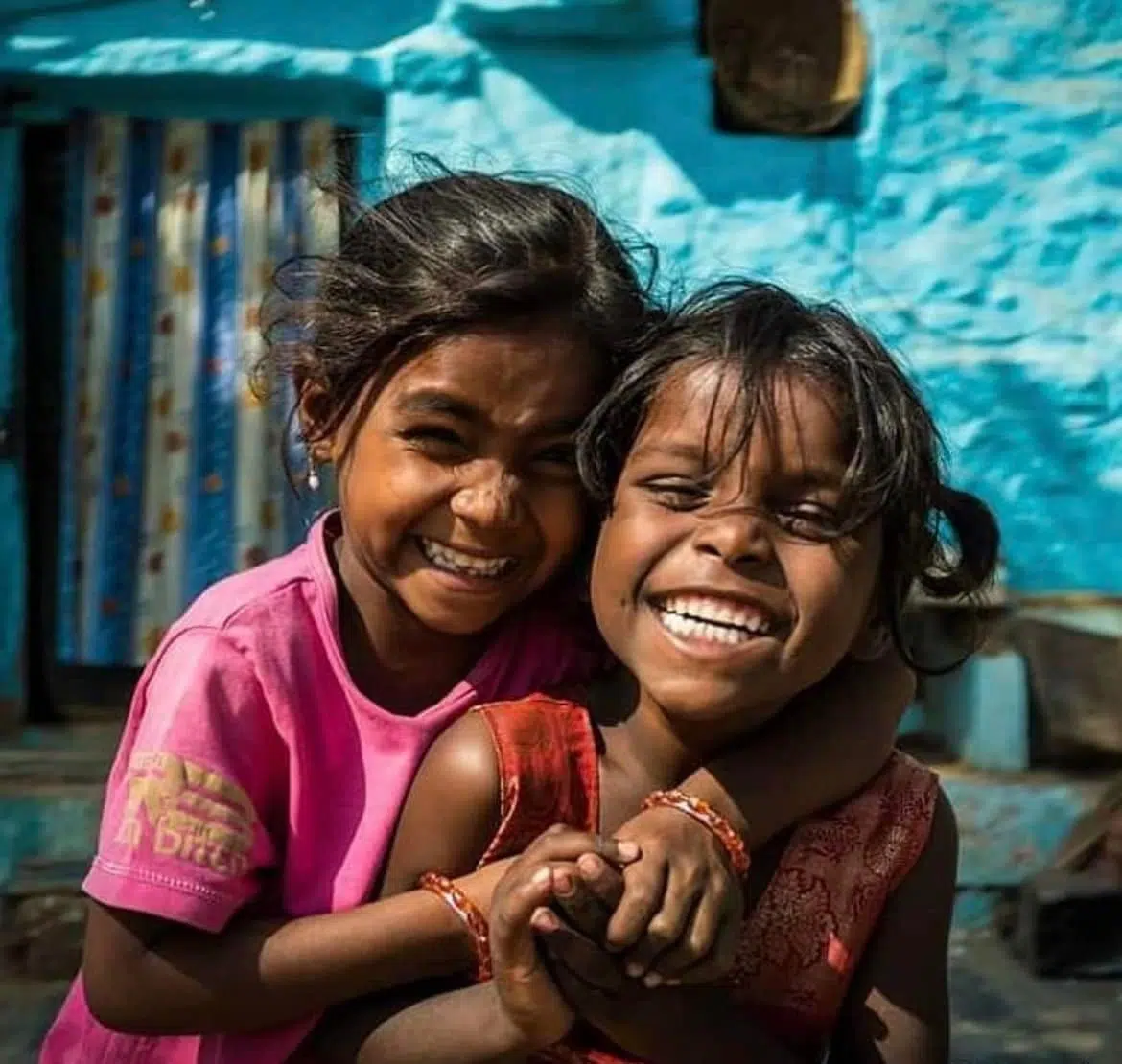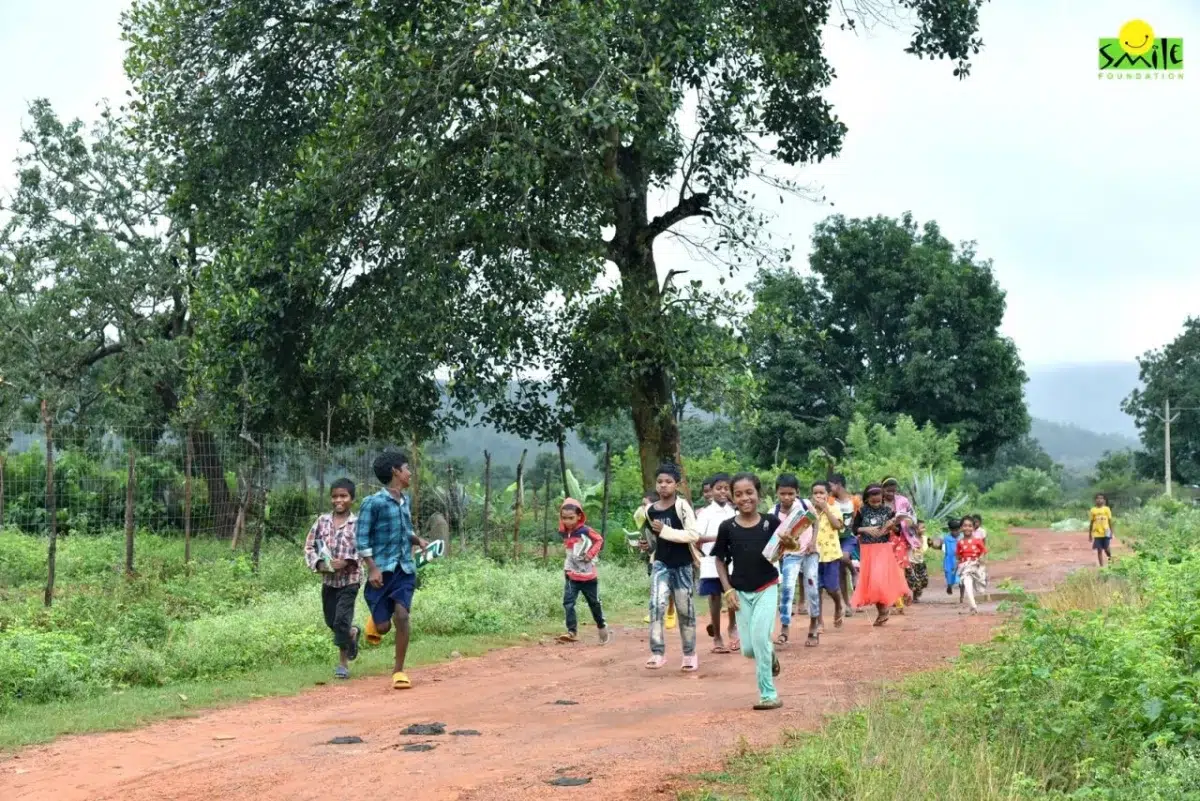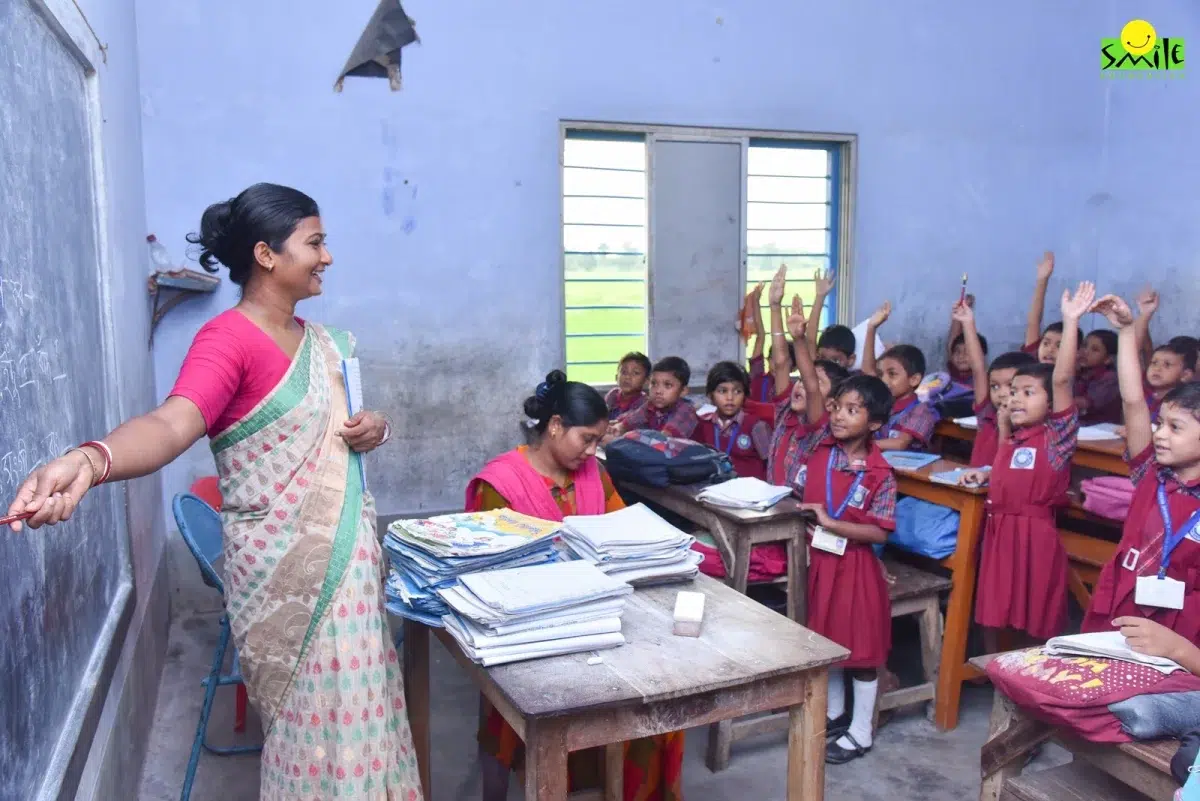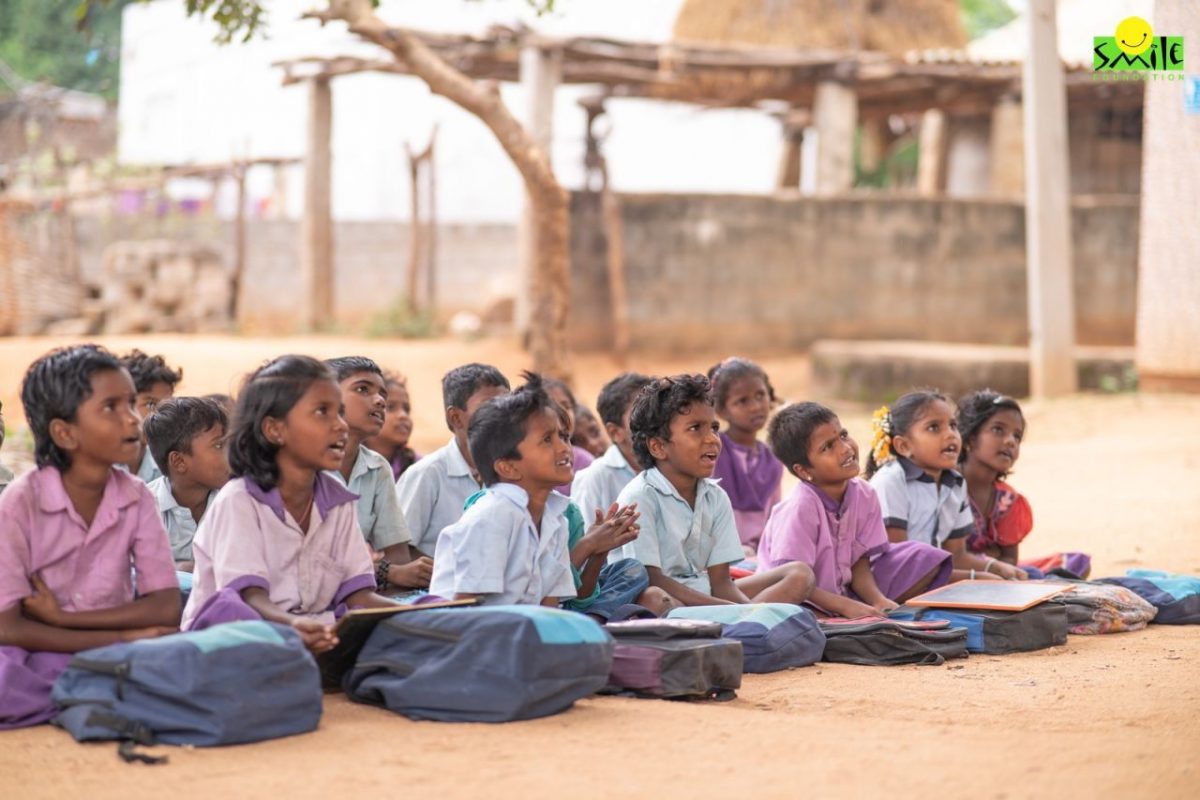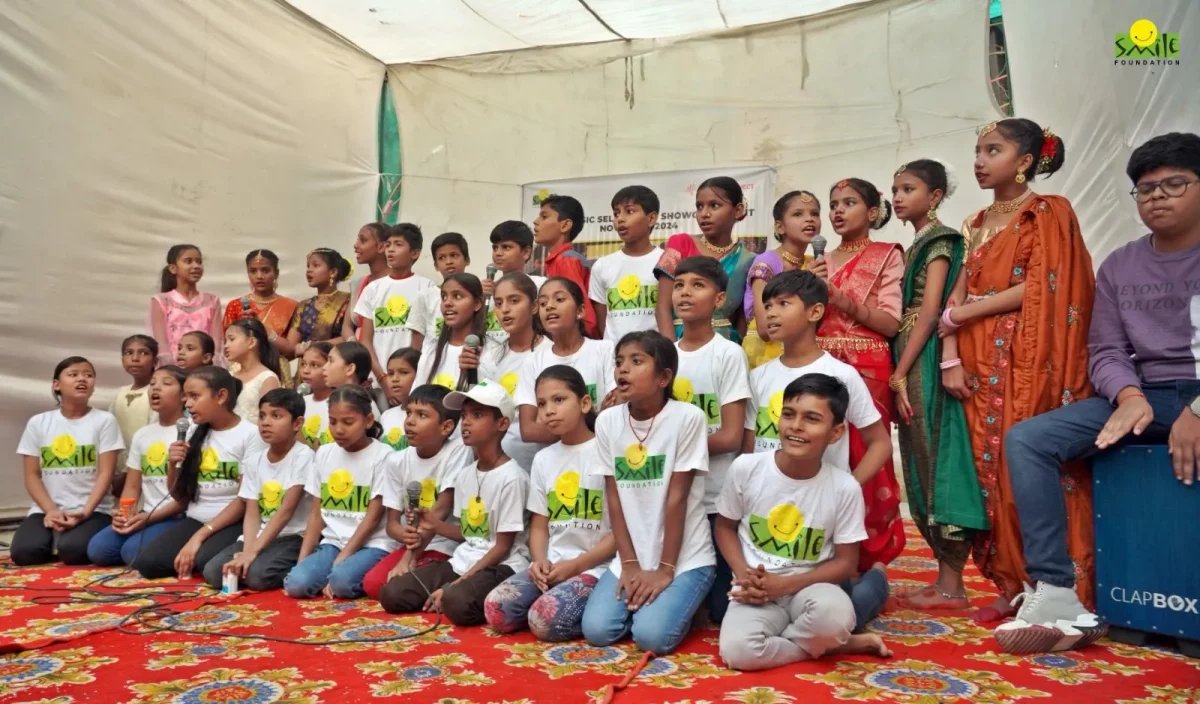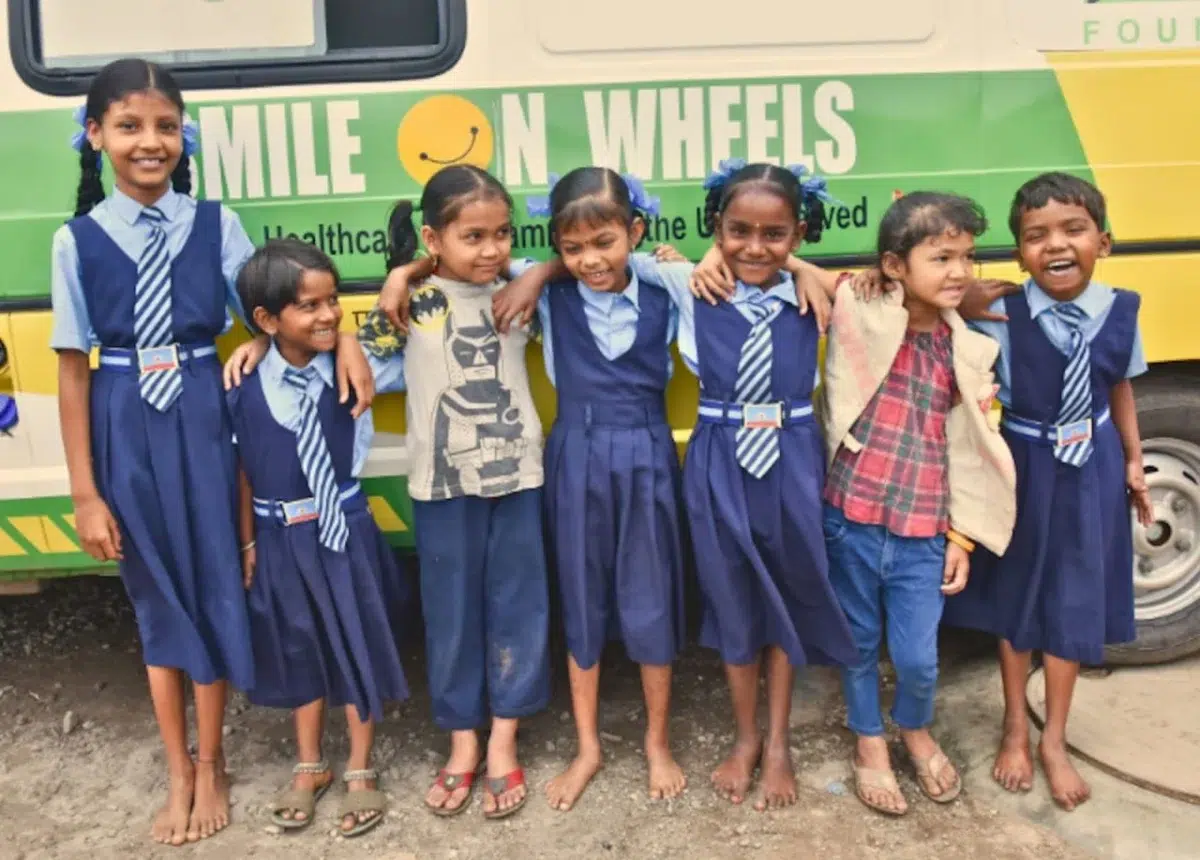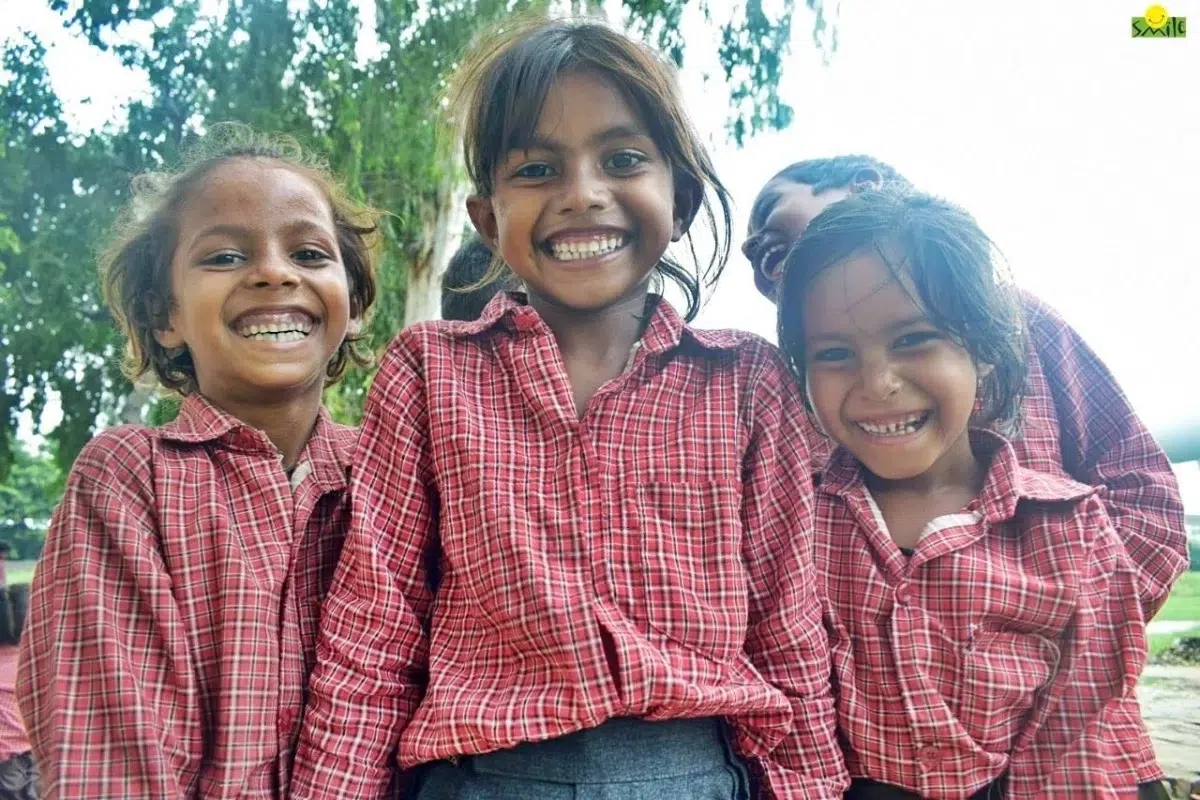Education is not about preparing students for examinations or equipping them with specific skills. It is about igniting curiosity about the world, nurturing critical thinking, and fostering creativity. These objectives can be achieved by focusing on meaningful learning outcomes that enable students to apply their knowledge to real-world situations.
In times of today, innovation in classrooms has become essential to ensure that education remains relevant and effective. Therefore, creating an education system that prioritises learning outcomes can equip students with the tools needed to do their vey best in the 21st century.
Understanding Learning Outcomes
If you are unfamiliar with the term, you may wonder what learning outcomes are and how they differ from scores or grades. While learning outcomes relate to students’ performance and the extent of their learning, scores and grades are just one component. Learning outcomes encompass the specific knowledge, skills, attitudes, and behaviours that students are expected to demonstrate as a result of their educational experiences.
Traditionally, learning outcomes were associated with memorising concepts or rote learning. However, this approach is evolving to include a broader range of competencies. For example, digital literacy and emotional intelligence, which were previously overlooked, are now recognised as crucial. Assessing digital literacy should not be limited to students’ exam scores but should also consider their awareness and application of digital tools in real-world contexts.
By emphasising learning outcomes, education becomes goal-oriented and student-centred. The focus shifts from merely covering the curriculum to achieving specific, meaningful objectives that contribute to students’ overall development. By clearly defining and measuring learning outcomes, educators can tailor their teaching strategies to meet students’ diverse needs, ensuring that every child reaches their full potential.
Improving Learning Outcomes in Schools
Education is a continuous process and should not be confined to the classroom. However, schools play a crucial role in achieving learning outcomes by providing structured learning opportunities. Several strategies can enhance the quality of education and ensure students achieve meaningful outcomes:
- Student-centred learning – Schools must design their curriculum and pedagogy to be student-focused rather than relying on a standardised approach. Since students’ needs vary due to multiple factors, personalised learning plans should be developed. Inquiry-based learning can also be adopted to stimulate curiosity among students.
- Active learning – Rote learning or passive reading may help students retain some concepts and perform well in exams, but it does not equip them to apply their knowledge in real-life situations. A hands-on learning approach can promote critical thinking, creativity, and collaboration.
- Formative assessment – Implementing formative assessment practices enables educators to monitor students’ progress and provide timely feedback. Regular assessments, such as quizzes, peer reviews, and self-assessments, help identify areas for improvement and guide teaching strategies.
- Technology integration – Technological advancements have created dynamic learning environments and allow for individualised learning experiences. Technology should be integrated into classrooms, and teachers must be trained in modern teaching methods.
- Parental involvement – While structured learning happens in schools, children spend most of their time at home with their families. Parents play a significant role in enhancing their children’s learning by creating opportunities through meaningful games, discussions, and interactions.
Learning Outcomes in India
When analysing the status of learning outcomes in India, a significant disparity emerges between students from affluent backgrounds and those from underprivileged communities. While the former benefit from modern teaching practices and well-equipped schools, the latter must make do with whatever is available in the public education system.
The latest ASER report highlights both progress and challenges in India’s learning outcomes. While enrolment rates and access to education have improved, learning levels remain a concern. For instance, a substantial proportion of primary school children struggle with basic reading and arithmetic. According to the ASER 2021 report, only 20.3% of children in Grade 3 could read a Grade 2-level text, and only 28.2% could perform basic arithmetic operations.
This situation underscores the urgent need for the public education system to focus on improving learning outcomes, particularly given the fast-changing global landscape and the necessity for innovative classroom interventions.
Learning Outcomes and India’s Future
Enhancing learning outcomes, particularly for the majority studying in public schools, can help India cultivate a skilled workforce and an empowered population. This can drive productivity and contribute to social and political transformation. Here’s how improved learning outcomes can shape India’s future:
- Employability – In today’s knowledge-based economy, employers seek individuals with strong critical thinking, problem-solving abilities, and digital literacy. Students who achieve meaningful learning outcomes are better prepared to meet job market demands and secure fulfilling employment.
- Quality of life – Education significantly impacts overall well-being. A strong focus on learning outcomes equips students to make informed decisions, overcome challenges, and contribute positively to society.
- Social mobility – Improved learning outcomes can provide children with better opportunities as they grow, enabling them to break free from poverty and uplift their families.
- Civic engagement – Well-educated individuals become responsible citizens who actively participate in democratic processes. Students who achieve meaningful learning outcomes are more likely to engage in community activities, volunteer work, and governance.
Conclusion
By prioritising meaningful learning outcomes, we can develop an education system that empowers students with the skills, knowledge, and attitudes required to succeed in the 21st century. Schools, educators, parents, and policymakers must collaborate to implement effective strategies that enhance learning outcomes and address students’ diverse needs.
Smile Foundation is committed to improving learning outcomes for children, particularly those from underserved communities, by enhancing access to quality education. Through our Mission Education programme, we provide holistic learning experiences that include digital education, teacher training, and life skills development. By establishing well-equipped learning centres, improving school infrastructure, and integrating technology into classrooms, Mission Education program’s goal is to ensure continuous learning through Shiksha Na Ruke fostering holistic, engaging and effective learning environment.
Our initiatives emphasise experiential learning, personalised teaching methods, and regular assessments to track student progress. Programmes such as Project Manzil in Rajasthan incorporate digital tools to enhance vocational training and academic performance. Additionally, we collaborate with educators to improve teaching methodologies, ensuring that children not only remain in school but also achieve meaningful learning outcomes that prepare them for future opportunities.



